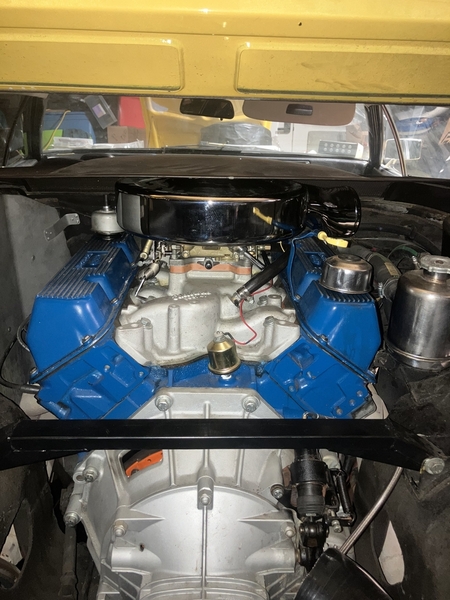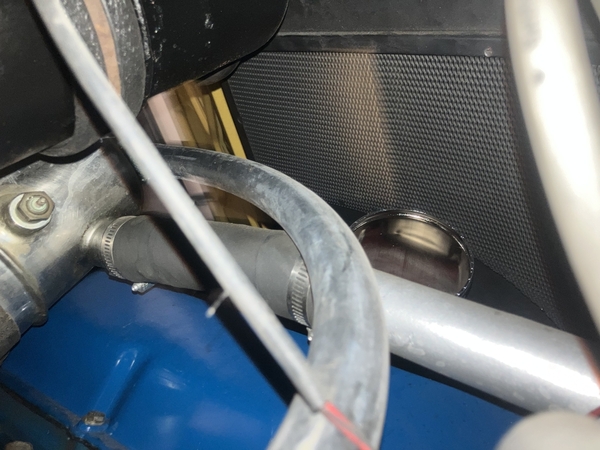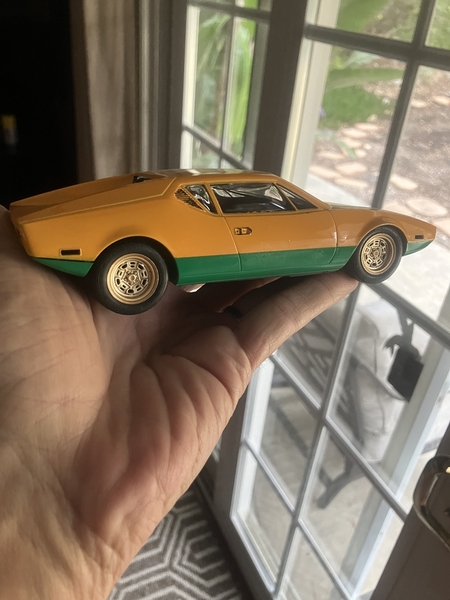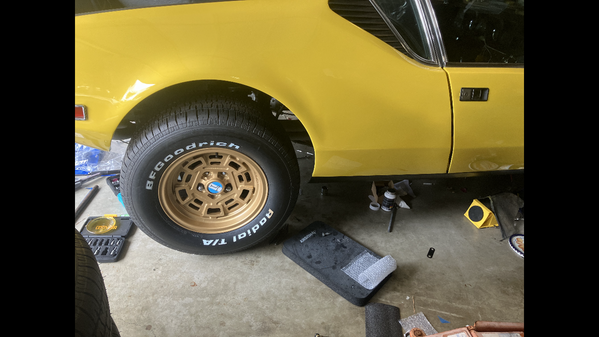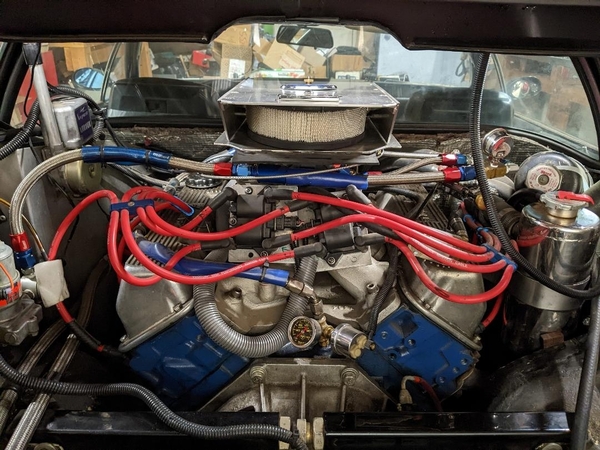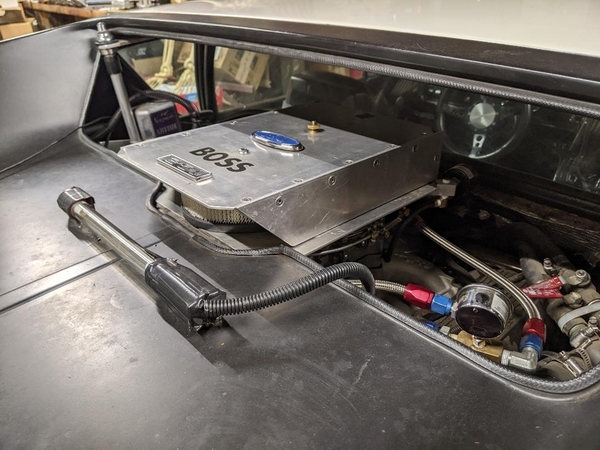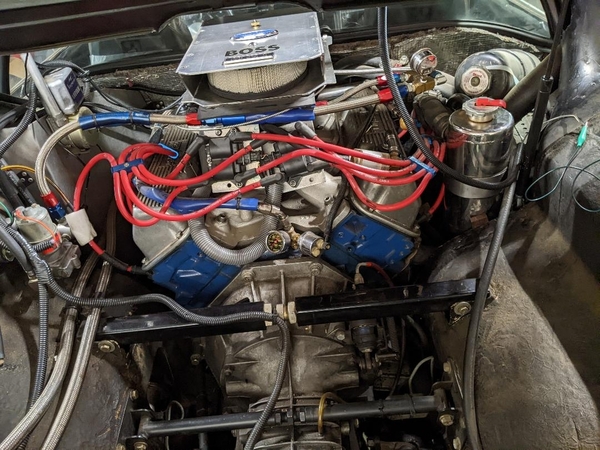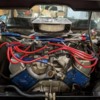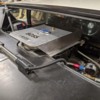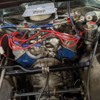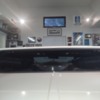After finishing the gas filler I had a few hours left in the day, I installed the overhauled Holley, added an 1” spacer for insulation! And then I went to work on the air filter…. I still have to make some clearancing for the dip stick tube but aside from that I should be able to reach ambient temperature air with a 4 inch tube… ( keep in mind I don’t build a race car.. ) but I’m sure the 4” diameter are enough to support the engine,!
This was always a thing that just did rub me the wrong way… With the filter sitting right behind your head, you are in the front row seat for the sucking intake noise (Which is beautiful…. temporarily!!!) and at the same time getting cold air is questionable… a lot of the heat generated does escape from the “rear window cut out”! And that air is getting sucked into the engine… It is definitely not the temperature of the air that hits your windshield! Now the only place I could find that should not be affected by the engine Generated heat and is reachable with a 4 inch tube is on the right hand side at the firewall down low!!!!!
That’s where I’m going down!


